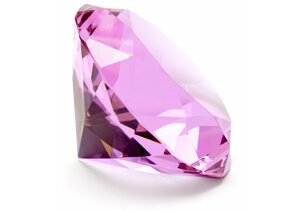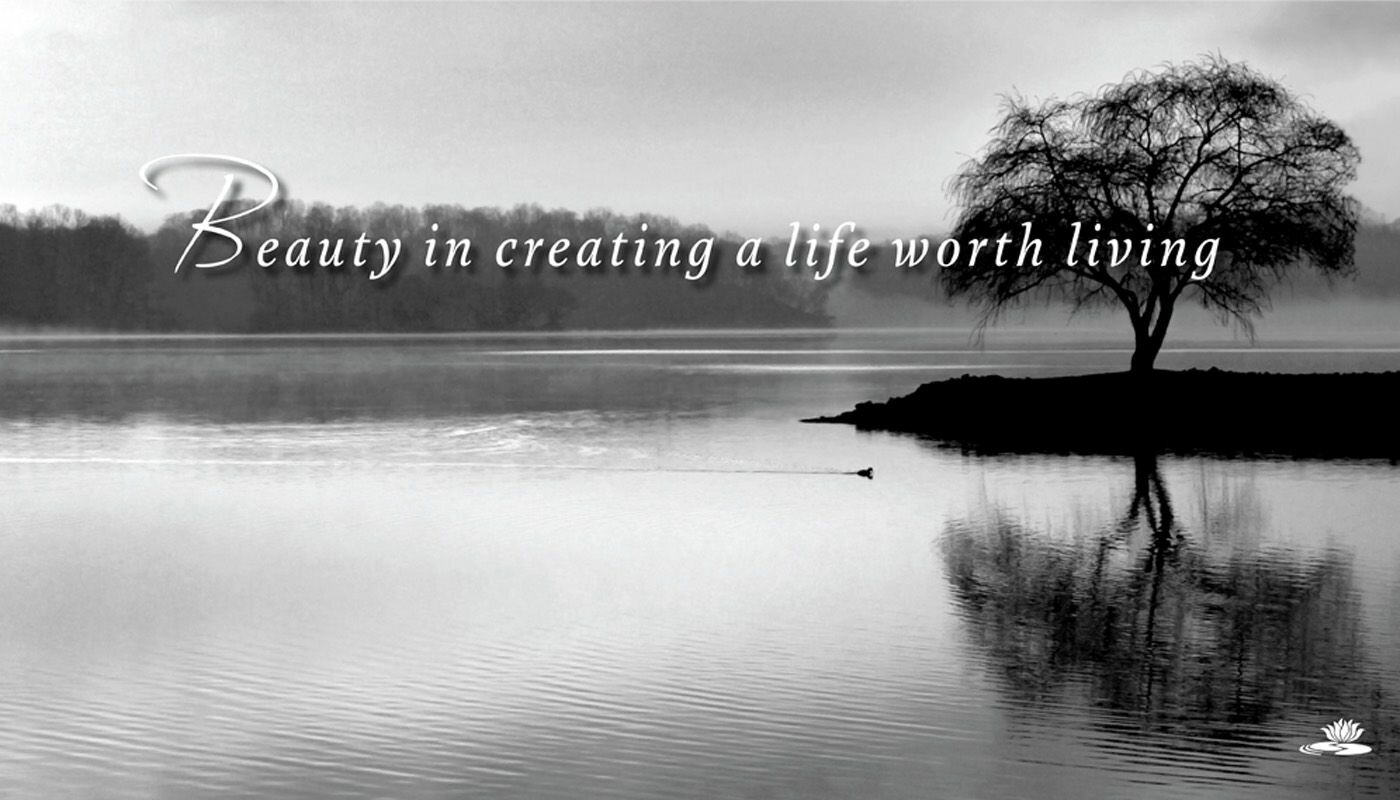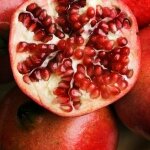
Hello readers! This post is inspired by a former Brookhaven Retreat client who had an interest in one of these Japanese art forms.
Japan has a culture that, traditionally, highly values art. Japanese artisans are highly skilled and trained in their artistic forms. Their society has a reputation for being very orderly and constructed with great care and thoughtfulness. This can be seen even in the presentation of Japanese food, such as bento boxes and sushi. Have you ever considered sushi to be a work of art? For many sushi chefs, it most likely is!
Readers, how much care do you place in your life? Take one small thing you do in your day and take extra care and thoughtfulness doing it. It could be folding the laundry or making dinner or lunches. Make sure it is something for yourself first, then see how others appreciate it!
This practice of taking great care and thoughtfulness very much relates to our DBT skill of mindfulness. It requires being present in the moment and using all parts of the present to create. A sushi chef may consider all aspects of the fish he chooses to put in a roll: the color, size, taste, cost, etc. When we consider all parts of something, we are better able to act and present our thoughts and feelings in an effective way.
Mindfulness is also about control – when we are mindful, we are much more in control of ourselves, our thoughts and our feelings. We actively bring ourselves to the present moment. This is good practice for those of us who feel out of control or anxious. Instead, you can use one small thing, whether it be calligraphy or folding paper, to feel in control.
Here are some Japanese art forms you may want to pursue if you are interested this concept of structured, orderly, careful application of creative skills:
- Ikebana: the art of flower arranging
- Haiku: the art of arranging words
- Shodo (calligraphy): the art of writing
- Origami: the art of paper folding
- Bonsai: the art of growing and shaping small trees
























































